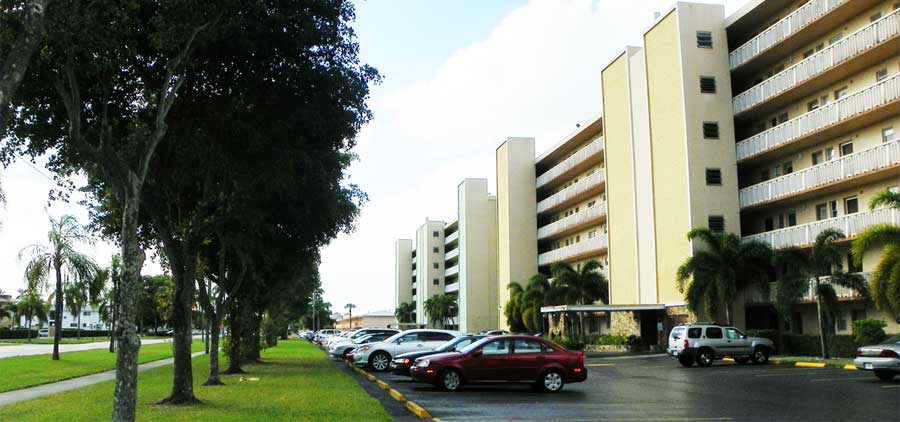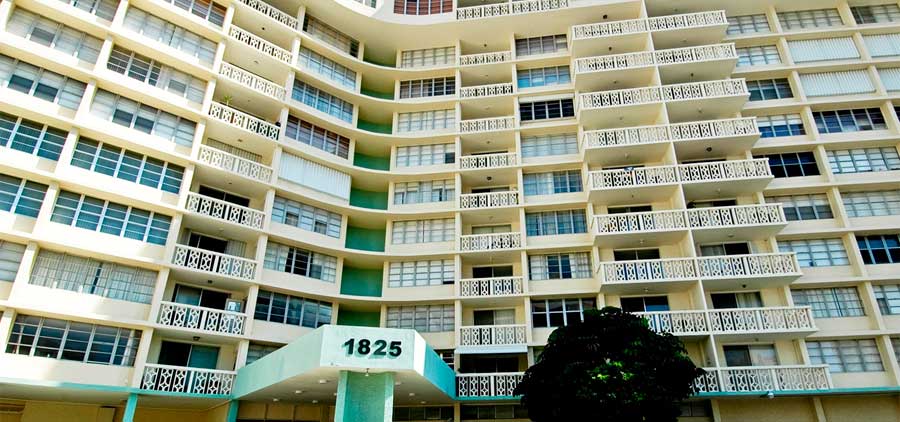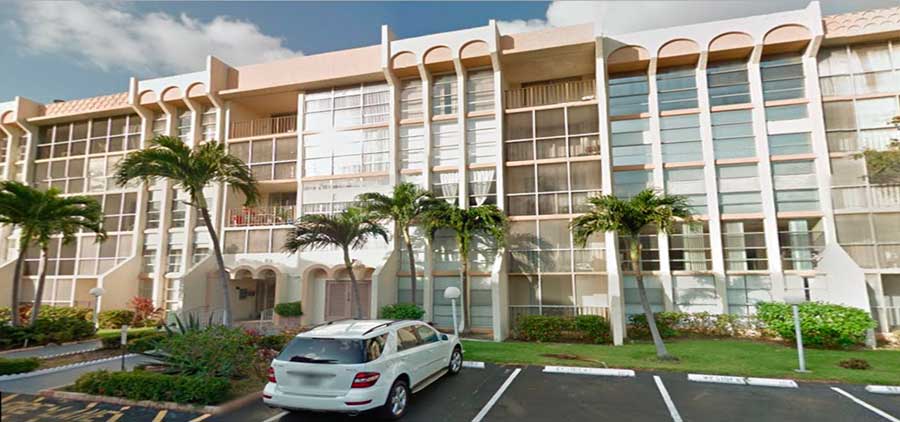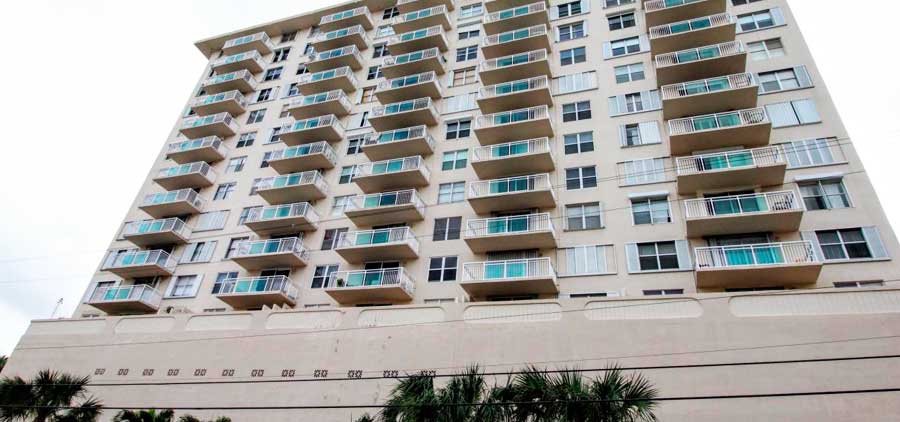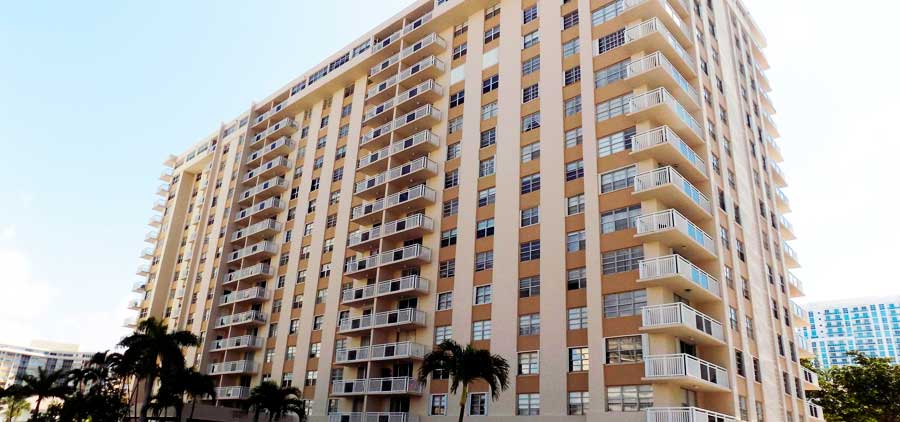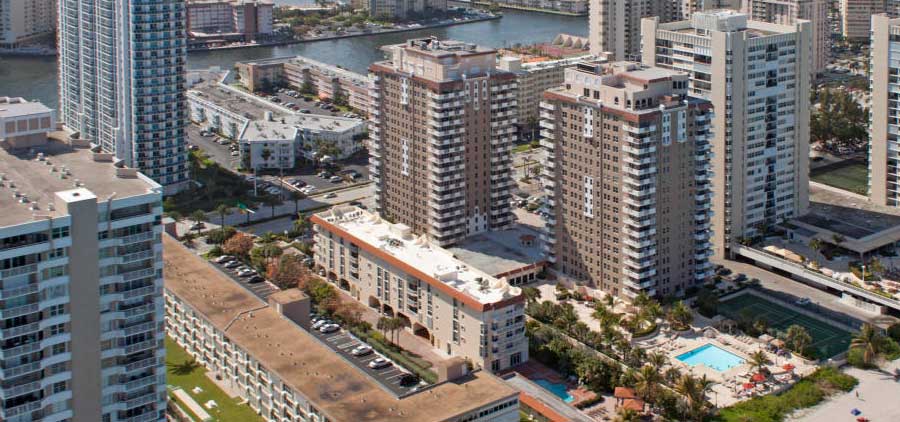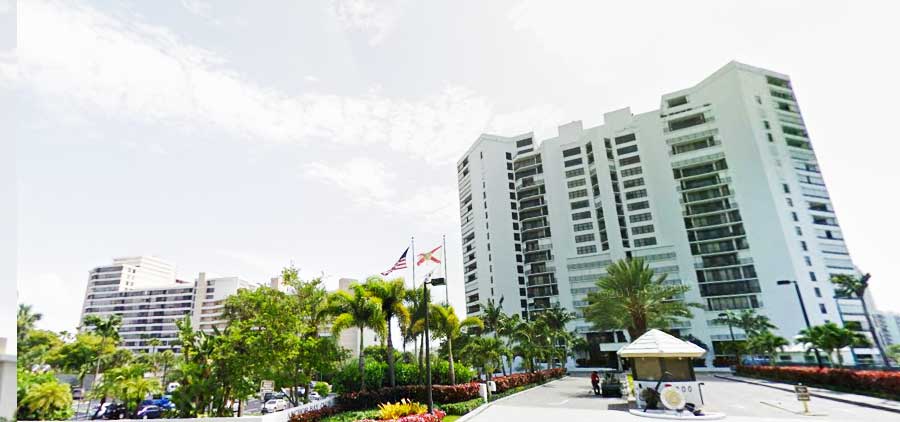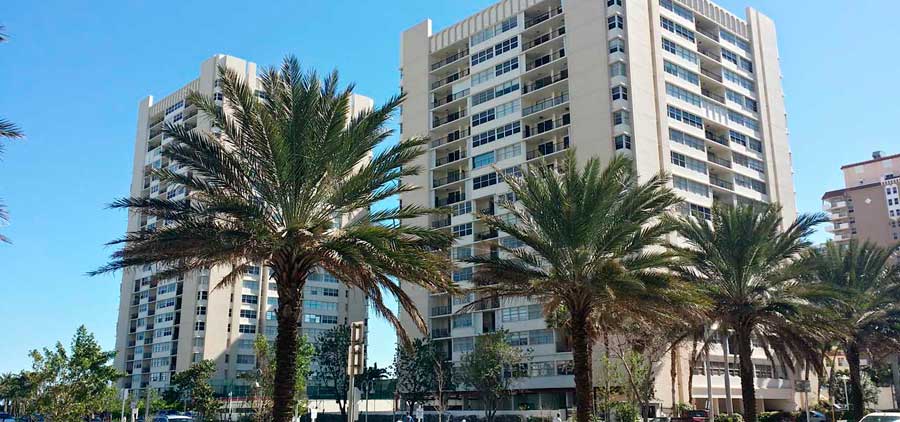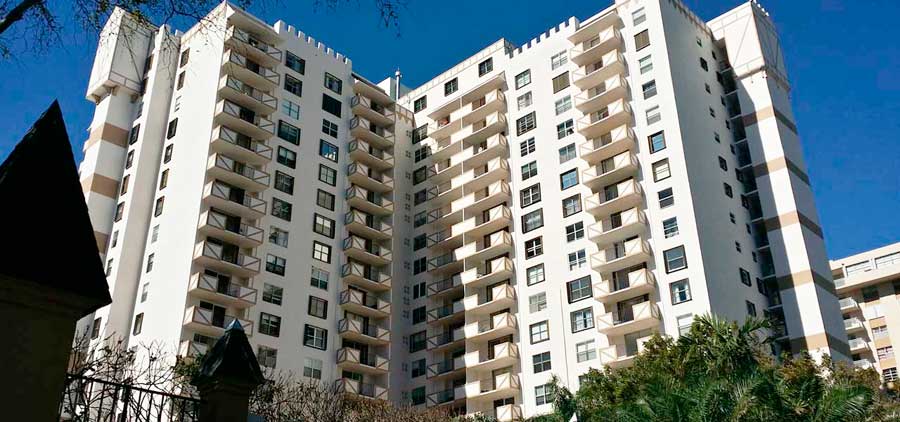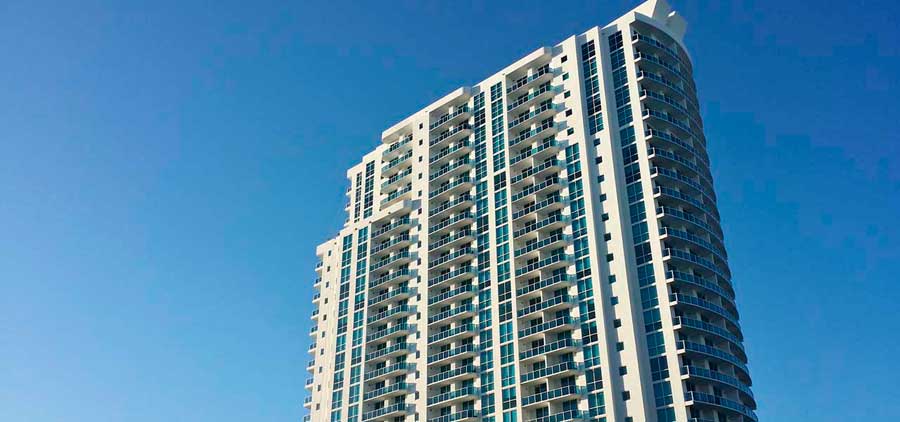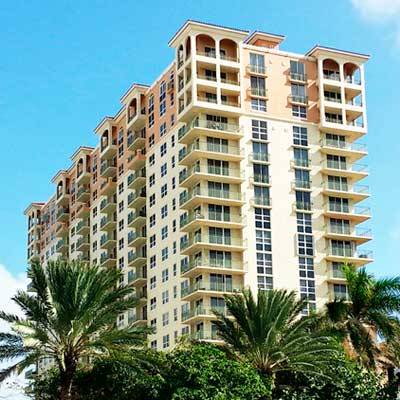Hallandale Beach, like most of Broward County, had no permanent European-descended population until the end of the 19th century. Seminole Indians, in settlements that lay inland of the Atlantic shore, hunted in the area and gathered coontie roots to produce arrowroot starch.
Hallandale was incorporated on 14 May 1927. By that time, a thriving community of 1,500 residents, with electricity and street lights, was in place. In 1947, Hallandale was reincorporated as a city, allowing it to expand its borders through annexation of nearby unincorporated land lying adjacent to the Atlantic shore. In August 1999, the city officially changed its name to Hallandale Beach.
Hallandale Beach, Florida (USA)
Hallandale Beach, like most of Broward County, had no permanent European-descended population until the end of the 19th century. Seminole Indians, in settlements that lay inland of the Atlantic shore, hunted in the area and gathered coontie roots to produce arrowroot starch.
Railroad magnate Henry Flagler, owner of the Florida East Coast Railway, recruited Luther Halland, a brother-in-law of Flagler’s agents, to found a settlement south of the community of Dania. Halland and Swedish immigrant Olaf Zetterlund touted the frost-free climate and cheap land of the settlement (then named Halland, later changed to Hallandale). Halland constructed a small trading post and became the first postmaster of the small community.
By 1900, the community had slowly grown to a dozen families—seven of Swedish, three of English, and two of African descent. In 1904 the first school was built, and the first church followed two years later. Hallandale was primarily a farming community; the beach was undeveloped and used by the residents only for recreational purposes.
Hallandale was incorporated on 14 May 1927. By that time, a thriving community of 1,500 residents, with electricity and street lights, was in place. In 1947, Hallandale was reincorporated as a city, allowing it to expand its borders through annexation of nearby unincorporated land lying adjacent to the Atlantic shore. In August 1999, the city officially changed its name to Hallandale Beach.
Hurricane Katrina first made landfall between Hallandale and Aventura, Florida.
Railroad magnate Henry Flagler, owner of the Florida East Coast Railway, recruited Luther Halland, a brother-in-law of Flagler’s agents, to found a settlement south of the community of Dania. Halland and Swedish immigrant Olaf Zetterlund touted the frost-free climate and cheap land of the settlement (then named Halland, later changed to Hallandale). Halland constructed a small trading post and became the first postmaster of the small community.
By 1900, the community had slowly grown to a dozen families—seven of Swedish, three of English, and two of African descent. In 1904 the first school was built, and the first church followed two years later. Hallandale was primarily a farming community; the beach was undeveloped and used by the residents only for recreational purposes.
Hallandale was incorporated on 14 May 1927. By that time, a thriving community of 1,500 residents, with electricity and street lights, was in place. In 1947, Hallandale was reincorporated as a city, allowing it to expand its borders through annexation of nearby unincorporated land lying adjacent to the Atlantic shore. In August 1999, the city officially changed its name to Hallandale Beach.
Hurricane Katrina first made landfall between Hallandale and Aventura, Florida.
Hallandale Beach is located at 25°59′12″N 80°08′46″W. According to the United States Census Bureau, the city has a total area 4.55 square miles (12 km2). 4.21 square miles (11 km2) of it is land and .34 square miles (1 km2) of it (7.47%) is water.
Hollywood is located north of Hallandale Beach, Aventura in Miami-Dade County is south of the city, the Atlantic Ocean is to the east, and Pembroke Park is located west.
Although it appears from a map that a small portion of the Golden Isles neighborhood extends into Miami-Dade County, this land was actually transferred to Broward County, and annexed to Hallandale Beach in 1978.
Public transportation
Hallandale Beach is served by several bus routes operated by Broward County Transit.
A free community minibus service, operated by the city of Hallandale Beach, also operates on four routes within the city limits and neighboring areas of Hollywood and Aventura.
Public schools
Hallandale Beach’s public schools are part of Broward County Public Schools. Grades K-5 students are zoned for Hallandale Elementary School. Grades 6-8 students are zoned for Gulfstream Middle School. Grades 9-12 students are zoned for Hallandale High School. However many Hallandale Beach residents send their children to other schools across the county.
Hollywood is located north of Hallandale Beach, Aventura in Miami-Dade County is south of the city, the Atlantic Ocean is to the east, and Pembroke Park is located west.
Although it appears from a map that a small portion of the Golden Isles neighborhood extends into Miami-Dade County, this land was actually transferred to Broward County, and annexed to Hallandale Beach in 1978.
Public transportation
Hallandale Beach is served by several bus routes operated by Broward County Transit.
A free community minibus service, operated by the city of Hallandale Beach, also operates on four routes within the city limits and neighboring areas of Hollywood and Aventura.
Public schools
Hallandale Beach’s public schools are part of Broward County Public Schools. Grades K-5 students are zoned for Hallandale Elementary School. Grades 6-8 students are zoned for Gulfstream Middle School. Grades 9-12 students are zoned for Hallandale High School. However many Hallandale Beach residents send their children to other schools across the county.
| Hallandale Beach | Broward County | Florida | |
|---|---|---|---|
| Total population | 37,113 | 1,748,066 | 18,801,310 |
| Population, percent change, 2000 to 2010 | +8.3% | +7.7% | +17.6% |
| Population density | 8,804.3/sq mi | 1,444.9/sq mi | 350.6/sq mi |
| White or Caucasian(including White Hispanic) | 73.7% | 63.1% | 75.0% |
| (Non-Hispanic White or Caucasian) | 52.5% | 43.5% | 57.9% |
| Black or African-American | 18.7% | 26.7% | 16.0% |
| Hispanic or Latino (of any race) | 13.7% | 25.1% | 22.5% |
| Asian | 1.4% | 3.2% | 2.4% |
| Native American or Native Alaskan | 0.2% | 0.3% | 0.4% |
| Pacific Islander or Native Hawaiian | 0.0% | 0.1% | 0.1% |
| Two or more races (Multiracial) | 2.6% | 2.9% | 2.5% |
| Some Other Race | 3.4% | 3.7% | 3.6% |

